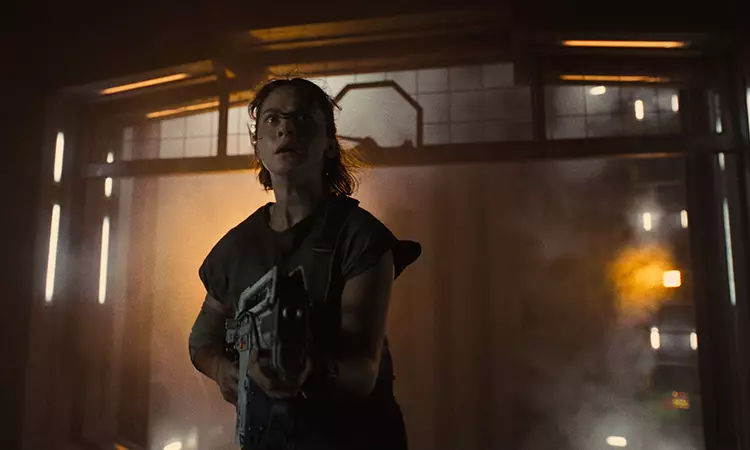The latest installment in the Alien franchise, directed by Fede Alvarez—known for his work on the Evil Dead remake and The Girl in the Spider’s Web—boldly attempts to reestablish the chilling essence that first captivated audiences over four decades ago. Unlike Ridley Scott’s prequel trilogy, which often wandered into philosophical realms, this film embraces its horror roots, focusing instead on survival and human vulnerability amidst the terrifying backdrop of a malfunctioning space station.
Central to this new narrative is the compelling dynamic between Rain, portrayed by Alicia Spaeny, and Andy, a robot with cognitive limitations played by Jonsson. Their relationship evokes themes reminiscent of Steinbeck’s Of Mice and Men, where strength and fragility coexist. However, critics point out that the rapid introduction of characters and their backgrounds leaves little room for emotional investment. As the protagonists encounter peril on an alien-infested environment, viewers are left with a sense that character development is sacrificed for the sake of pacing.
Interestingly, the film manages to innovate within its familiar framework by creatively expanding on established Alien mythology. Elements such as acid blood, facehuggers, and the ever-menacing Weyland-Yutani Corporation receive fresh interpretations. The film’s visual creativity shines through with thrilling sequences featuring zero-gravity maneuvers and encounters with their menacing alien adversaries. Despite being a derivative of previous entries, it brings enough original ideas to renew interest in the franchise and push the terror envelope.
A significant moment in the film involves the digital resurrection of a beloved character from the series’ past, utilized as a means of exposition. While the idea is ambitious, the execution falls short of achieving a seamless integration into the narrative. The limitations of current technology become apparent, as the CG character occasionally undermines the film’s tension, pointing to the struggles of using digital effects to evoke nostalgia without sacrificing authenticity.
Unfortunately, the film stumbles during its climax, where it rehashes familiar themes and tropes from previous installments, particularly echoing the conclusions of the less impactful Alien films. While the first three-quarters of the movie build suspense effectively, the resolution feels uninspired and predictable, which may leave long-time fans feeling unsatisfied.
Creators must strike a delicate balance between honoring the beloved legacy of the Alien franchise and delivering a unique experience. This film successfully reignites the foundational horror elements while wrestling with both character depth and technological coherency. With a more thoughtful approach to its climax and character development, the film could have truly cemented itself as a standout entry in a legendary series.


Leave a Reply